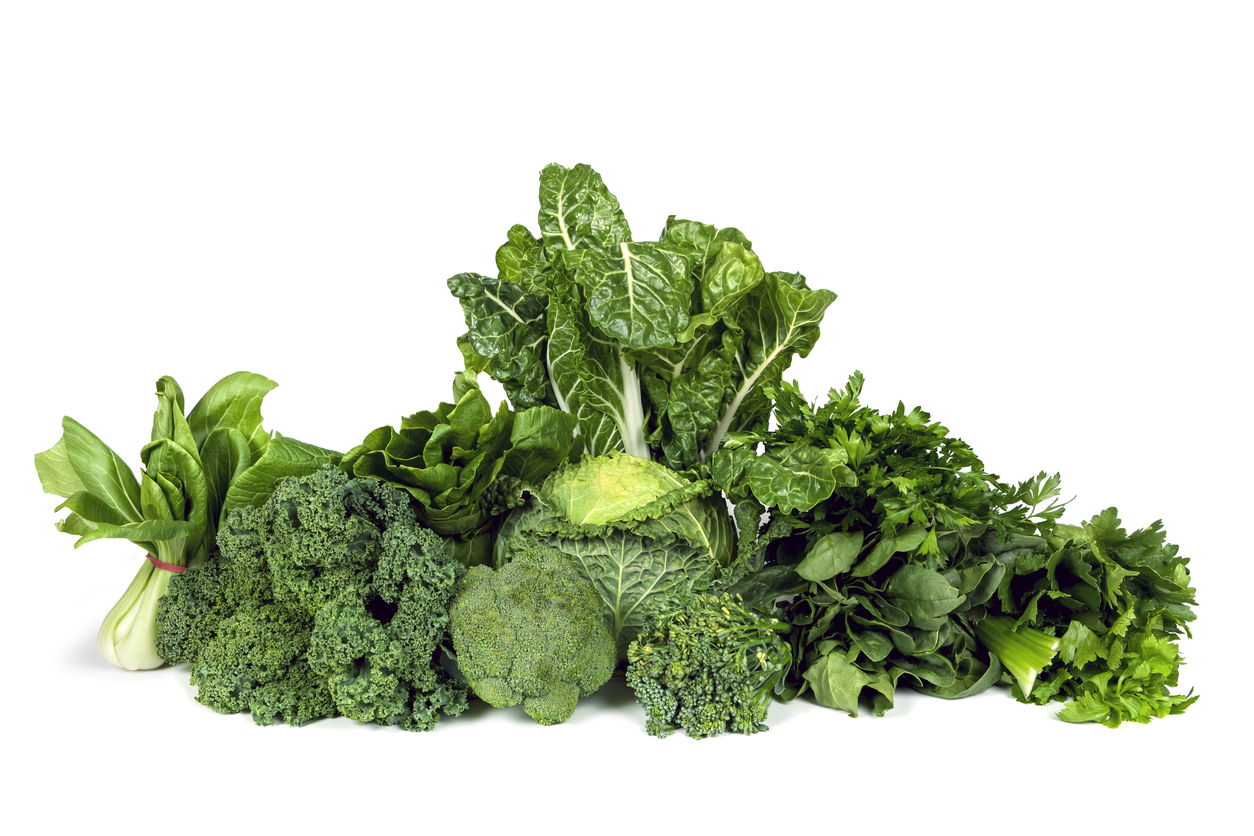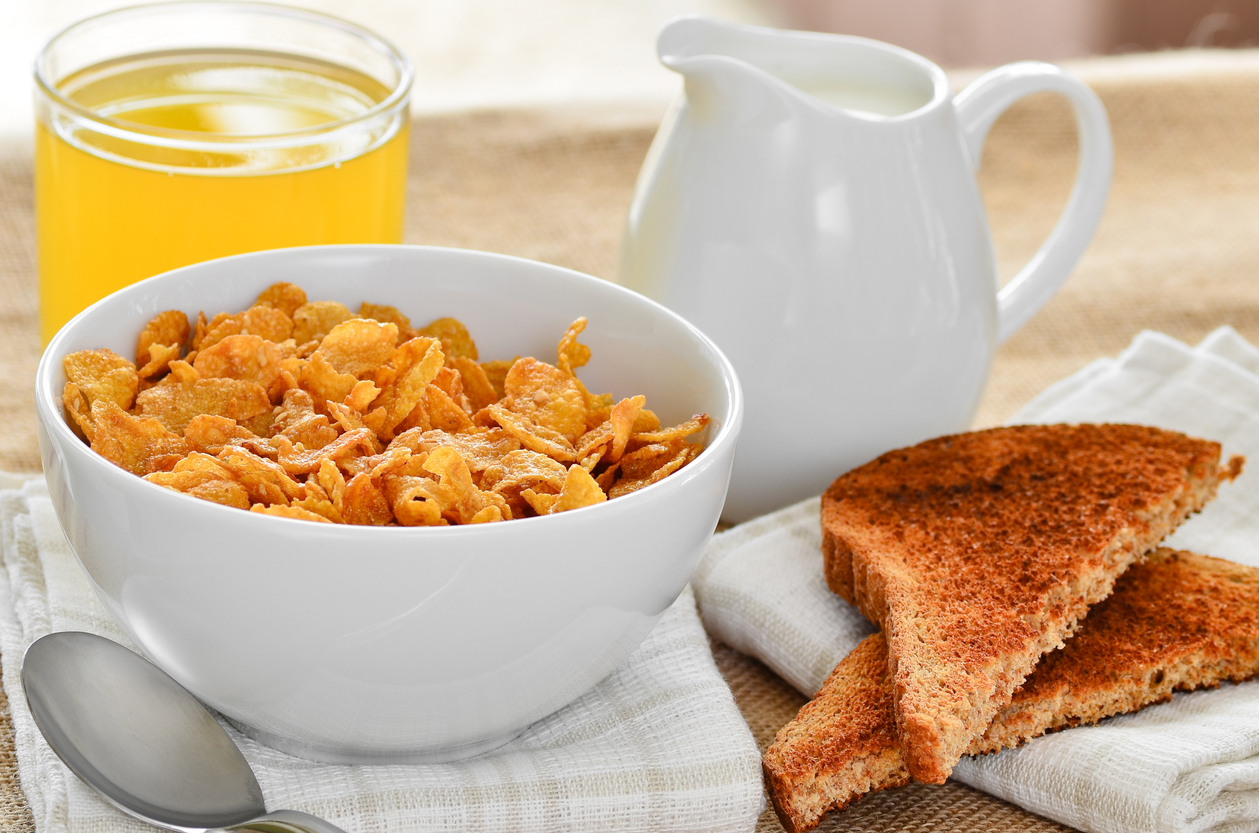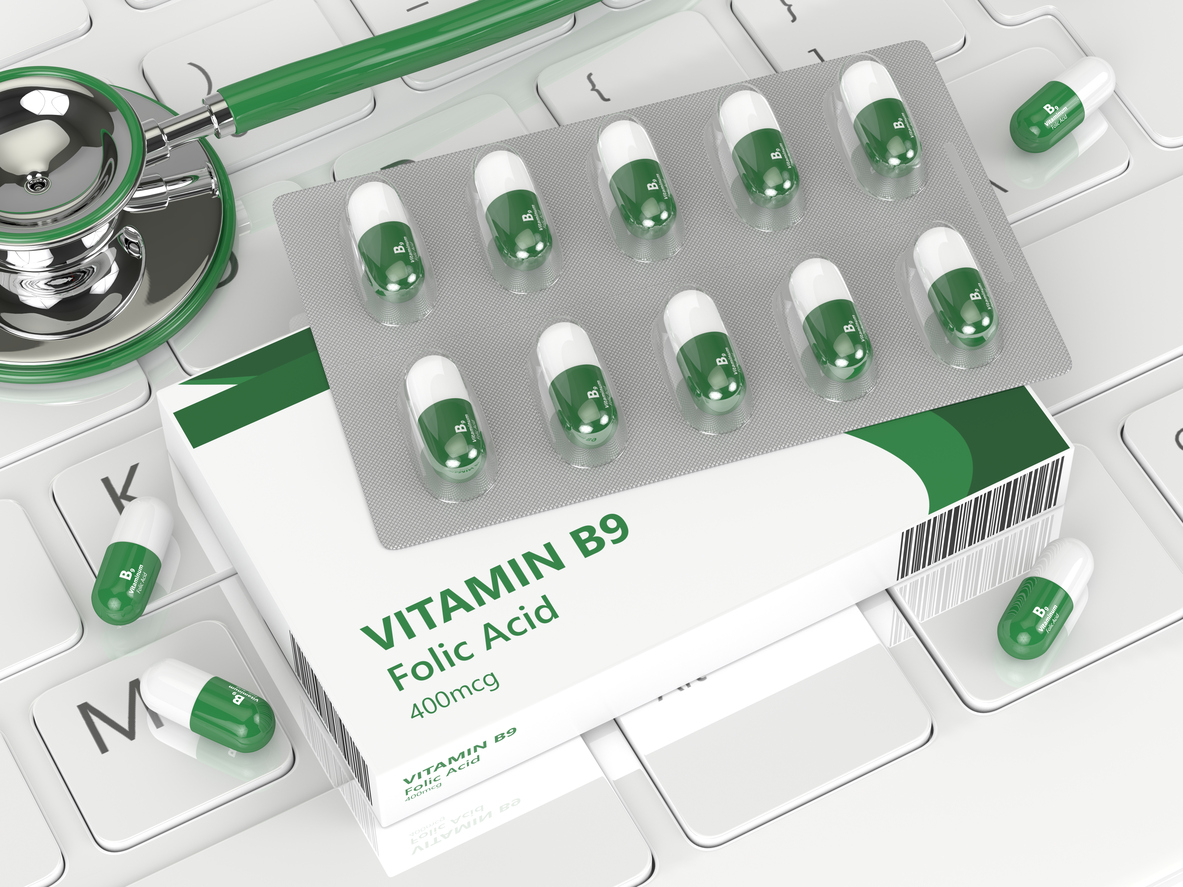- Home
- Blog
- Healthy Eating for Wellness
- What is folate? Is it important?
What is folate? Is it important?
Written by Catherine Saxelby
on Wednesday, 10 January 2018.
Tagged: health, healthy eating, healthy lifestyle, nutrition, pregnancy, vitamins

First discovered in the 1940s, folate (also known as folic acid or folacin) is one of 8 vitamins of the B group . Once referred to as vitamin B9, it is crucial for several steps in the synthesis of the genetic material DNA. When it is in short supply, the nuclei of cells cannot make new DNA and thus cells cannot divide and multiply properly. Growth then stops or is distorted. Rapidly-dividing cells such as those that make up the neural tube need folate in plentiful supply.
Folate and folic acid are different forms of the vitamin
Folate is the naturally-occurring form. It takes its name from the Latin word "folium" for foliage or leaf, as high concentrations of this vitamin are found in leafy green vegetables such as spinach and cabbage.
Folate is actually a generic name for a group of five related organic, water-soluble, compounds with similar properties. The active form is a folate known as 5-methyltetrahydrofolate (5-MTHF).
In the digestive system, the majority of folate from food is converted into this 5-MTHF before entering the bloodstream and being presented to cells.
Folic acid is the synthetic form, also known as pteroyl glutamic acid. It is used in supplements and added to processed foods such as flour for breadmaking and breakfast cereals. This folic acid is considered much more bioavailable and better absorbed than naturally-occurring folate in foods.
A simple way to distinguish them is that folate occurs naturally while folic acid does not.

What does folate do in the body?
Folate plays a key role in the growth and reproduction of all body cells. It is important in keeping red blood cells strong and preventing a certain form of anaemia as well as being essential for the healthy development of the brain, spinal cord and skeleton in the foetus. It is necessary for proper growth and development. Specifically it is involved in:
- Formation of enzymes and red blood cells
- Prevention of anaemia
- Metabolism of genetic material - DNA
- Prevention of neural tube defects such as spina bifida and anencephaly.
- Some studies suggest it may protect against age-related hearing loss, age-related macular degeneration, and some forms of cancer. However, this still needs research.
How much folate do I need?
The Recommended Dietary Intakes (RDIs) for folate per day are:
(from NHMRC Australia 2006)
Infants
65 mcg (0-6 months)
80 mcg (7-12 months)
Children
15 mcg (1-3 years)
200 mcg (4-8 years)
300 mcg (9-13 years)
Older children
400 mcg (14-18 years)
Adults
400 mcg (over 19 years)
Pregnancy
600 mcg (14-50 years)
Lactating
500 mcg (14-50 years)
mcg means micrograms which are smaller units than milligrams
Safe upper limit for folate
Folate is generally considered non-toxic, although excessive intakes over a period of time can lead to abdominal cramps, diarrhoea, nausea, sleep disorders, irritability, behaviour changes, skin reactions and seizures.
The main concern is that high intakes of folic acid can obscure the symptoms of pernicious anaemia, a blood disorder caused by lack of vitamin B12. This may result in severe damage to the nervous system damage before the correct diagnosis is made. So it is best to consume these two vitamins within the recommended amounts.
Folate is likely safe when added to foods but you can exceed the upper limit by consuming too much folic acid via supplements.
Adults - safe upper limit
1000 mcg (over 19 years)
Pregnancy & Lactating - safe upper limit
800 mcg (14-18 years)
1000 mcg (19-50 years)
The best food sources for folate
Folate was first discovered in spinach but is found in all dark-green vegetables such as cabbage, silverbeet, broccoli, Bok choy, Brussels sprouts, asparagus and dark salad greens (mignonette, rocket endive and watercress, for example).
Folate is widely distributed in foods but its most outstanding source is organ meats such as liver and kidney (which few these days like to eat), yeast, as well as leafy green vegetables
Other key sources are whole grain cereals, wheat germ, fortified breakfast cereals (look for the words ‘high in Folate’ on the label), yeast extract (Vegemite, Marmite), oranges and other citrus fruit, seeds such as sunflower and sesame, eggs, nuts (particularly peanuts) and tea.

Many breakfast cereals, breads, yeast spread and some juices are now fortified with added folate. These are easy ways to take in your folate. A bowl of fortified cereal (30-40 grams) provides 50 to 100 micrograms, which is between 25 and 50 per cent of the recommended intake.
Folate is extremely sensitive to light, heat and air. It is easily decreased during cooking, so eating some of your vegetables and fruit raw each day makes good sense.
My list of the top 20 richest food sources of folate
- Yeast, dried or compressed
- Yeast spread (Vegemite, Marmite)
- Liver, cooked e.g. chicken, lamb
- Breakfast cereal, fortified
- Chinese cabbage, raw
- Wheatgerm
- Watercress, raw
- Wheat bran, unprocessed
- Peanuts with skin
- Muesli bar, fortified
- Sunflower seeds
- Water spinach, raw
- Broccoli, fresh, microwaved
- Wholemeal and mixed grain bread
- Egg yolk
- Endive
- Frozen spinach
- English spinach, raw
- Beetroot, raw
- Sesame seeds
Easy ways get your folate (figures in mcg)
| Food | Total folate (mcg) |
| Bowl of fortified cereal e.g. Weet-Bix, Sultana Bran | 100 |
| Spread of yeast spread on toast, 5 g | 100 |
| Glass 250 mL of fortified juice | 100 |
| 1 small avocado, 120 g | 80 |
| Brussels sprouts, 3 or 60 g | 66 |
| Spinach, ½ cup or 70 g | 63 |
| Peanuts, handful or 50 g | 55 |
| Wholemeal bread, 2 slices | 20 |
Deficiency signs
- Mouth or tongue inflammation
- Weakness
- Fatigue
- Irritability
- Forgetfulness or mental slowness
- Confusion or trouble concentrating
- Poor appetite
- Poor growth
- Shortness of breath
- Palpitations
- Macrocytic or megaloblastic anaemia (a blood disorder where there are too few red blood cells and those that are present are larger than normal)
- Diarrhoea
- Birth defects such as neural tube defects and congenital heart failure.
Lack of folate is implicated in:
- Increased cancer
- Higher homocysteine levels with an increased risk of heart disease and stroke.
- Folate deficiency is one of the most common vitamin deficiencies in the Western world, particularly among people who regularly drink alcohol, or who have inflammatory bowel disease or coeliac disease.
Folic acid supplements are useful
 Folate supplements (folic acid) are sold in low dose form of 0.5mg from pharmacies and supermarkets. You do not need a prescription. Iron and folic acid tablets are often recommended in the last three months of pregnancy but these would be too late to prevent birth defects and do not contain enough folic acid.
Folate supplements (folic acid) are sold in low dose form of 0.5mg from pharmacies and supermarkets. You do not need a prescription. Iron and folic acid tablets are often recommended in the last three months of pregnancy but these would be too late to prevent birth defects and do not contain enough folic acid.
Remember 0.5 mg = 500 micrograms = one low-dose tablet.
If you have already had a baby with a birth defect or have a relative who has had a baby with one, you are at greater risk. You will require a higher dose supplement of 5mg. Check with your dietitian or doctor.
A recent review reported that folate supplements were basically safe and that the trials of folate have not produced side effects.
Fortifying with folate
Getting all women to eat more natural folate has never been successful. Folate occurs in many foods, but it is very difficult to get all of the folate you need to prevent neural tube defects through your diet alone.
Surveys have reported that women of child-bearing years are eating only about 230 micrograms of folate a day – just over half the recommended intake.
So fortifying common staple foods like breakfast cereals and breads with folate is the most practical means to increase the folate intake of all women of childbearing age. Approved in Australia and New Zealand in 1995, you’ll now spot High in folate or Fortified with folate on food labels.
Folate facts
Folate fights birth defects
As well as neural tube defects, folate may have a role to play in preventing other birth defects such as cleft palate, heart and urinary tract defects. This points to a genetic abnormality in the metabolism of folate as the primary cause, which is corrected by extra folate.
This critical period in early pregnancy occurs within the first 3 or 4 weeks when the neural tube closes over, often before a woman even realises she is pregnant. The neural tube, a row of cells from which the baby’s brain and spinal cord form, grows rapidly in the first six weeks after conception and needs folate in plentiful supply.

However, because half of pregnancies are unplanned, most women are not thinking about ‘eating for a healthy baby’ at that critical time just before and during the first weeks of their pregnancy. So it’s ideal if all women obtain adequate folate.
Because half of all pregnancies are unplanned, experts recommend all women of child-bearing age consume 0.4 mg (400 micrograms) of folic acid daily.
Folate and cancer of the colon
Folate is beneficial in preventing colon cancer, one of the most common cancers in Australia. Research shows that folate appears to lessen the formation of adenomas, early forerunners of colon cancer, but it’s not cut and dried.
Folate and heart disease
New evidence is emerging that folate - together with its close relatives vitamins B12 and B6 - can protect against heart disease by reducing blood levels of homocysteine, a sulphur-containing amino acid produced by the body.
When homocysteine levels are high, chances of blood vessel damage and atherosclerosis are considered high, much like high blood levels of cholesterol. Researchers are starting to recognise it as an independent risk factor which can be treated with diet modifications and supplements.
You may also be interested in...
Foodwatch
The Good Stuff
The Boring Stuff
© 2025 Foodwatch Australia. All rights reserved
Website by Joomstore eCommerce





